Renewable energy - a key factor in today's sustainable development strategy
Renewable energy (1) is an increasingly popular field in the global energy system; plays an important role in the orientation of sustainable development in many countries around the world; meets the requirements of economic development associated with the exploitation of clean and safe energy sources; it is expected that renewable energy will grow by 7.1% per year in the next two decades, then replace coal to become the world's leading energy source by 2040 (2) . Recognizing that, in recent times, the Party and the State have issued many policies and guidelines (3) to encourage the development of renewable energy sources; at the same time, moving towards realizing the commitment to reduce net emissions to "0" (Net-zero) by 2050 (4) . In fact, Vietnam is a country with a lot of potential and advantages in investing and exploiting renewable energy (especially solar and wind energy). On the other hand, our country has been promoting energy conversion towards gradually reducing electricity sources using fossil fuels, prioritizing the development of clean, sustainable energy sources, minimizing greenhouse gas emissions; increasing activities to attract investment in developing renewable energy industries, such as solar power plants, wind power plants, thermal power plants, etc. in the spirit of promoting internal resources as well as enhancing cooperation and support from partners and attracting FDI capital from large enterprises.
An Hao Solar Power Plant ( Soc Trang province)_Source: nhiepanhdoisong.vn
On the development orientation of renewable energy industry:
The issue of renewable energy development was mentioned right from the first national strategy on green growth, specifically, Decision No. 1393/QD-TTg, dated September 25, 2012, of the Prime Minister , on "Approval of the National Strategy on Green Growth for the 2011-2020 period and vision to 2050" determined the need to reduce the intensity of greenhouse gas emissions, at the same time, promote the effective exploitation of renewable energy sources to gradually increase the proportion of clean energy sources in the country's energy production and consumption. By October 2021, the Government set specific targets, such as the proportion of renewable energy in the total primary energy supply reaching 15% - 20% (by 2030) and 25% - 30% (by 2050) (5) . In addition, Decision No. 500/QD-TTg, dated May 15, 2023, of the Prime Minister, on "Approval of the National Power Development Plan for the 2021-2023 period, with a vision to 2050" (Power Plan VIII) identifies the long-term general goal of firmly ensuring national energy security, meeting the requirements of industrialization and modernization of the country; implementing energy conversion associated with production modernization, building smart grids, advanced power system management, in line with the trend of green transformation, emission reduction; forming a comprehensive energy industry ecosystem based on renewable energy, new energy,...
On policies to support the development of renewable energy industry:
To date, the State has issued and established legal frameworks to build a competitive electricity market and implemented a series of policies to encourage the development of renewable energy (6) , specifically:
Firstly , increase corporate income tax exemption and reduction for power projects from renewable energy sources, including preferential tax rate of 10% for 15 years or tax exemption for 4 years (9 years of 50% tax reduction). Renewable energy projects are exempted from import tax on fixed assets imported and construction materials that cannot be produced domestically; exemption and reduction of land use tax and land lease are applied to investment projects. However, the implementation of preferential tax rates for the import of renewable energy equipment is facing many difficulties, because there is currently no separate tax schedule for high-efficiency energy equipment.
Second , power projects from renewable energy sources are using preferential credit policy sources, such as increasing the loan ratio compared to other projects from 70% (as usual) to 80%. On the other hand, the Government also applies the FIT (Feed-in Tariffs) electricity trading mechanism (7) to support investment in renewable energy, especially solar power and wind power; at the same time, it issues many preferential policies to adjust the electricity trading mechanism for rooftop solar power projects, changing from the net-metering mechanism to a separate delivery and receipt electricity trading mechanism (8) ...
Third , research and implement preferential price policies, specifically: 1- Wind energy: According to Decision No. 39/2018/QD-TTg, dated September 10, 2018, of the Prime Minister, on "Amending and supplementing a number of articles of Decision No. 37/2011/QD-TTg, dated June 29, 2011 of the Prime Minister on the mechanism to support the development of wind power projects in Vietnam", it stipulates that private investors have more favorable conditions when the electricity price increases from 7.8UScent/kWh to 8.5USScent/kWh for onshore projects; officially applying the price of 9.8USScent/kWh for offshore projects; 2- Biomass energy: According to Decision No. 08/2020/QD-TTg, dated March 5, 2020, of the Prime Minister, on "Amending and supplementing a number of articles of Decision No. 24/2014/QD-TTg dated March 24, 2014 of the Prime Minister on the mechanism to support the development of biomass power projects in Vietnam", it is stipulated that the electricity buyer (EVN Group) is obliged to purchase all electricity under a non-negotiated contract with electricity prices according to 2 main types of biomass: cogeneration of heat and electricity (5.8 UScent/kWh) and avoided costs according to the price of imported coal-fired thermal power (about 7.5 UScent/kWh applied to the Southern region). 3- Waste-to-energy: Decision No. 31/2014/QD-TTg, dated May 5, 2014, of the Prime Minister, "On the mechanism to support the development of power generation projects using solid waste in Vietnam" stipulates priority and support for waste-to-energy according to two types of technology: landfilling to recover methane gas and incineration to ensure environmental hygiene with prices of 7.28 US cents/kWh and 10.05 US cents/kWh, respectively. 4- Solar power: According to Decision No. 11/2017/QD-TTg, dated April 11, 2017, of the Prime Minister, "On the mechanism to encourage the development of solar power projects in Vietnam", the price support level is quite high (9.35 US cents/kWh); at the same time, it creates conditions for investment and development of rooftop power projects in addition to ground-mounted or grid-connected solar power.
Current status and potential for renewable energy development in Vietnam
In recent times, Vietnam's renewable energy industry has attracted investment attention from many domestic and foreign enterprises. In 2018, total investment in renewable energy reached a record of 5.2 billion USD, 9 times higher than in 2017; international support programs and projects reached a total funding value of about 440 million USD; ODA loans were estimated at 420 million USD and 15.5 million USD was non-refundable aid. Renewable energy investment rose from 10th place (in 2018) to third place (in 2019) in the ranking of the most attractive investment sectors in the country (after financial technology (fintech) and education) (9) . By 2020, total FDI investment in the electricity production and distribution sector reached over 5.1 billion USD, more than 4 times higher than in 2019; There are 113 solar and wind power projects with a total capacity of over 5,700 MW being fully exploited.
Regarding solar power : In 2020, the whole country had 48 projects recognized for commercial operation COD (Commercial Operation Date) with a total capacity of 8,652.9MW, becoming the country with the most comprehensive installed solar power capacity in Southeast Asia (accounting for 2.3% of the total global capacity and reaching an average capacity of 60W/person). The solar power system provided about 10.6TWh of electricity (in 2020), accounting for nearly 4% of the total electricity output of the whole country; ranked 8th in the list of 10 countries with the largest solar power installation capacity in the world in 2020 (10) .
Regarding wind power : The national power system currently has 146 wind power projects that have signed power purchase agreements (PPAs) with a capacity of 8,171.475MW (recognized for commercial operation COD). In 2021, the wind power growth rate recorded significant results, with total wind power capacity increasing from 540MW (in 2020) to about 4,000MW (in 2021), contributing to Vietnam's rise to 2nd place in the region (after China) in terms of renewable energy development speed (11) .
From 2018 to present, the renewable energy industry has witnessed strong growth in investment and business activities (especially wind power and solar power projects); the proportion of electricity output from renewable energy sources (including grid-connected solar power, wind power, biomass energy and hydropower) has increased rapidly. To date, the total capacity of medium and large renewable energy and hydropower plants has reached 43,126 MW, accounting for 55.2% of the total capacity of Vietnam's power system (78,121 MW), of which wind power reached 4,126 MW, rooftop solar power was 7,660 MW, farm solar power was 8,904 MW, hydropower was 22,111 MW, biomass energy was 325 MW (12) . However, renewable energy still accounts for a relatively low proportion, about 9% of the country's total primary energy supply (in 2020) and primary energy supply still depends mainly on coal (accounting for 51% in the same year).
On the current prospects for renewable energy development
Firstly , the natural geographical conditions in Vietnam are ideal for the development of renewable energy, especially solar power and wind power. Vietnam has a high number of sunshine hours, an average of 1,500 - 1,700 hours per year with solar radiation intensity not changing significantly; rooftop solar power is forecast to account for about 50% of Vietnam's total solar power capacity (by 2030); the largest wind resource in the region with a potential of 311GW and over 39% of the total area has wind speeds greater than 6m/s (equivalent to a capacity of 512GW). In addition, with a network of about 3,000 large and small rivers and streams, our country is one of the 14 countries in the world with the highest hydropower potential; owning about 8.6% of the land and water area suitable for developing wind power farms; There are over 120,000 hydropower stations with an estimated total capacity of 300MW (13) . In addition, Vietnam has great potential in utilizing biomass energy from many different sources, such as firewood, agricultural waste, urban waste, etc.; which is an important factor contributing to solving the problem of ensuring national energy security; minimizing environmental pollution; improving costs, increasing production and business efficiency for enterprises in the energy, agriculture, forestry, and marine sectors; research, training, invention, etc. In addition, our country also has potential for geothermal energy, marine energy (tidal) (14) ,...
Second , according to the International Energy Agency (IEA), Vietnam is the second largest electricity user in Southeast Asia. In the next 10 years, the growth rate of renewable energy will reach about 20%, opening up great opportunities for domestic corporations to invest and do business. In 2021, Vietnam ranked 31st in the list of countries with high attractiveness in terms of investment and deployment opportunities in the renewable energy sector. In terms of the transition of the two wind and solar power sectors alone, the potential contribution to the country's GDP is up to 70 - 80 billion USD, creating about 105 thousand direct jobs (15) .
Third , the Party and State are currently actively expanding their participation in international cooperation frameworks on climate change mitigation and greenhouse gas emission reduction. Many support policies and solutions have been implemented to attract investment and encourage businesses to participate in the national renewable energy transition process. Specific tasks and solutions have been implemented to attract private investment in the renewable energy sector, ensuring the successful implementation of the Green Growth Strategy as well as realizing the target of achieving 67.5% - 71.5% of renewable energy by 2050 as set out in the Power Plan VIII.
Fourth , renewable energy development is gradually becoming the mainstream in the development of the global energy sector and occupies an important position in sustainable development in economies around the world; therefore, renewable energy will become the main source of electricity production and is estimated to provide about one-third of the world's electricity. Vietnam is assessed to have great potential to attract investment in developing the renewable energy sector in the future, at the same time, its geo-economic position in the global supply chain opens up many favorable conditions and opportunities in green growth to be able to transform, catch up, move forward, surpass, take shortcuts and create momentum for a leap forward in socio-economic and environmental development.
Construction of wind power project in Quang Tri province_Source: nhiepanhdoisong.vn
Some implications of solutions and tasks for the coming time
Firstly , the renewable energy development policy system needs to be studied, built clearly, and consistently between strategies, plans and implementation plans. In particular, it is necessary to soon build and promulgate the Renewable Energy Law to create because our country only has the Electricity Law, the Law on Efficient and Economical Use of Energy but has not mentioned much about the renewable energy sector. The promulgation of the Renewable Energy Law will be an important legal corridor for implementing investment and development activities; on the other hand, it is necessary to soon complete the mechanism to promote the implementation of tax incentives for renewable energy equipment and high-performance equipment.
Second , focus on researching and implementing policies to promote innovation and development of science and technology to improve the efficiency of exploiting and using renewable energy. In particular, prioritize innovation and improvement of policies from the Government, create development motivation to attract new technology projects. At the same time, form green carbon and green finance mechanisms to encourage investment in technological innovation for renewable energy development; build key laboratories under the coordination of research between research institutes and universities in the field of energy in general and renewable energy in particular.
Third , focus on implementing solutions to promote the attraction of domestic and foreign investment capital for renewable energy development. For domestic capital, it is necessary to study and issue many preferential policies and support domestic enterprises directly involved in the production, assembly and repair of renewable energy equipment. To attract foreign capital, especially reputable and experienced investors in the world, it is necessary to build a legal framework according to international standards, create a more competitive electricity market, expand the controlled power grid for renewable energy sources and support mechanisms and policies for foreign investment in the renewable energy sector; strengthen the linkage between domestic and foreign enterprises, between enterprises in the industry and inter-industry.
Fourth , encourage and support the community to develop and expand renewable energy models, such as green urban areas, green rural areas, and green buildings. Research and establish a renewable energy development fund; the fund's capital can be mobilized partly from the budget, from environmental costs for fossil energy, from domestic and foreign funding sources to provide financial support for encouraging renewable energy development.
Fifth , promote propaganda, dissemination, and encourage the participation of the whole society in developing the renewable energy market; raise awareness of the important role of developing and using renewable energy in socio-economic development, aiming at the goal of rapid and sustainable development; promote propaganda and raise people's responsibility in implementing the use of clean energy sources associated with energy saving. At the same time, promote the greening process in production and business by encouraging businesses to use renewable energy through the Build - Lease - Transfer (BLT) model that has been implemented in a number of countries to help businesses use clean electricity at low cost.
-----------------
(1) Renewable energy includes: Wind energy; solar energy; biomass energy; small and medium hydropower; thermal power technology and other renewable energy.
(2) See: Pham Tien Dat - Ngo Thanh Binh: "New energy development trends in the world and the position and role of Vietnam's oil and gas industry", Electronic Communist Magazine , September 18, 2019, https://www.tapchicongsan.org.vn/web/guest/tap-oan-dau-khi-viet-nam/-/2018/813406/xu-huong-phat-trien-nang-luong-moi-tren-the-gioi-va-vi-tri%2C-vai-tro-cua-nganh-dau-khi-viet-nam.aspx
(3) Decision No. 2068/TTg, dated November 25, 2015, of the Prime Minister, on “Approval of Vietnam's renewable energy development strategy to 2030, with a vision to 2050”; Decision No. 428/TTg, dated March 18, 2016, of the Prime Minister, on “Approval of the adjustment of the National Power Development Plan for the 2011-2020 period with a vision to 2030”; Resolution No. 55NQ/TW, dated February 11, 2020, of the Politburo, “On the orientation of the National Energy Development Strategy to 2030, with a vision to 2045”; Decision No. 500/QD-TTg, dated May 15, 2023, of the Prime Minister, on "Approval of the National Power Development Plan for the 2021-2030 period, with a vision to 2050"
(4) Hung Thang: “Vietnam contributes to realizing the commitment to bring net emissions to “0”, Communist Party of Vietnam Electronic Newspaper , April 19, 2023, https://dangcongsan.vn/xay-dung-xa-hoi-an-toan-truoc-thien-tai/viet-nam-gop-phan-thuc-hien-cam-ket-dua-muc-phat-thai-rong-ve-0-636016.html
(5) Resolution No. 55-NQ/TW, dated February 11, 2020, of the Politburo, on "National Energy Development Strategy to 2030, with a vision to 2045"
(6) Resolution No. 55-NQ/TW, dated February 11, 2020, of the Politburo, “On the orientation of Vietnam's national energy development strategy to 2030, with a vision to 2045”; Decision No. 39/2018/QD-TTg, dated September 10, 2018, of the Prime Minister, on “Amending and supplementing a number of articles of Decision No. 37/2011/QD-TTg dated June 29, 2011 of the Prime Minister on the mechanism to support the development of wind power projects in Vietnam”; Decision No. 11/2017/QD-TTg, dated April 11, 2017, of the Prime Minister, “On the mechanism to encourage the development of solar power projects in Vietnam”; Decision No. 13/2020/QD-TTg, dated April 6, 2020, of the Prime Minister, "On the mechanism to encourage the development of solar power in Vietnam"
(7) The FIT electricity price mechanism is a support tool for electricity producers from renewable energy sources, incentivized by long-term fixed-price electricity purchase contracts for electricity production investors, with purchase obligations and guaranteed access to the grid, which will help increase investor security; thereby, enhancing the competitiveness of renewable energy compared to traditional forms of energy.
(8) See: Pham Canh Huy - Nguyen Tuan Cuong: "Fit electricity purchase and sale price mechanism in Vietnam - Current situation and solutions", Electronic Industry and Trade Magazine , August 2, 2022, https://tapchicongthuong.vn/bai-viet/co-che-gia-mua-ban-dien-fit-tai-viet-nam-thuc-trang-va-giai-phap-
(9) See: Nguyen Hong Thu: "Current investment trends in renewable energy", Financial and Monetary Market Magazine, October 22, 2019, https://thitruongtaichinhtiente.vn/xu-huong-dau-tu-vao-nang-luong-tai-tao-hien-nay-25133.html
(10) See: Reporter: "Vietnam is one of the 10 countries with the highest solar power output in the world", Vietnam Television Electronic Newspaper , June 20, 2022, https://vtv.vn/kinh-te/infographic-viet-nam-la-1-trong-10-quoc-gia-co-san-luong-dien-mat-troi-cao-nhat-the-gioi-20220620065603497.htm
(11) See: “Vietnam renewable energy report”, BritCham Vietnam , March 2022, https://britchamvn.com/wp-content/uploads/2022/04/156e6152-729f-4225-89b9-ff1ad516b803.pdf
(12) See: PAT: "Improving institutions and policies for sustainable energy development", Website of the National Agency for Science and Technology Information , March 7, 2023, https://www.vista.gov.vn/news/chien-luoc-chinh-sach-kh-cn-dmst/hoan-thien-the-che-chinh-sach-phat-trien-nang-luong-ben-vung-6289.html#
(13) See: Vu Nhat Quang - Vu Thi Que Anh: "Developing renewable energy in Vietnam: Lessons learned from Taiwan", Electronic Banking Magazine , May 30, 2022, https://tapchinganhang.gov.vn/phat-trien-nang-luong-tai-tao-viet-nam-bai-hoc-kinh-nghiem-tu-dai-loan.htm
(14) See: Le Minh Huong: “Renewable energy in Vietnam: Potential, current situation and development solutions”, Electronic Information Portal of the Institute of Strategy and Policy and Finance , October 6, 2017, https://mof.gov.vn/webcenter/portal/vclvcstc/pages_r/l/chi-tiet-tin?dDocName=MOFUCM115185
(15) See: “Renewable energy has the potential to contribute greatly to Vietnam's GDP”, Government Electronic Newspaper , April 19, 2023, https://baochinhphu.vn/nang-luong-tai-tao-co-tiem-nang-dong-gop-lon-vao-gdp-cua-viet-nam-102230419094025384.htm
Source: https://tapchicongsan.org.vn/web/guest/nghien-cu/-/2018/906102/mot-so-van-de-ve-phat-trien-nang-luong-tai-tao-o-viet-nam-hien-nay--thuc-trang%2C-tiem-nang-va-ham-y-giai-phap.aspx


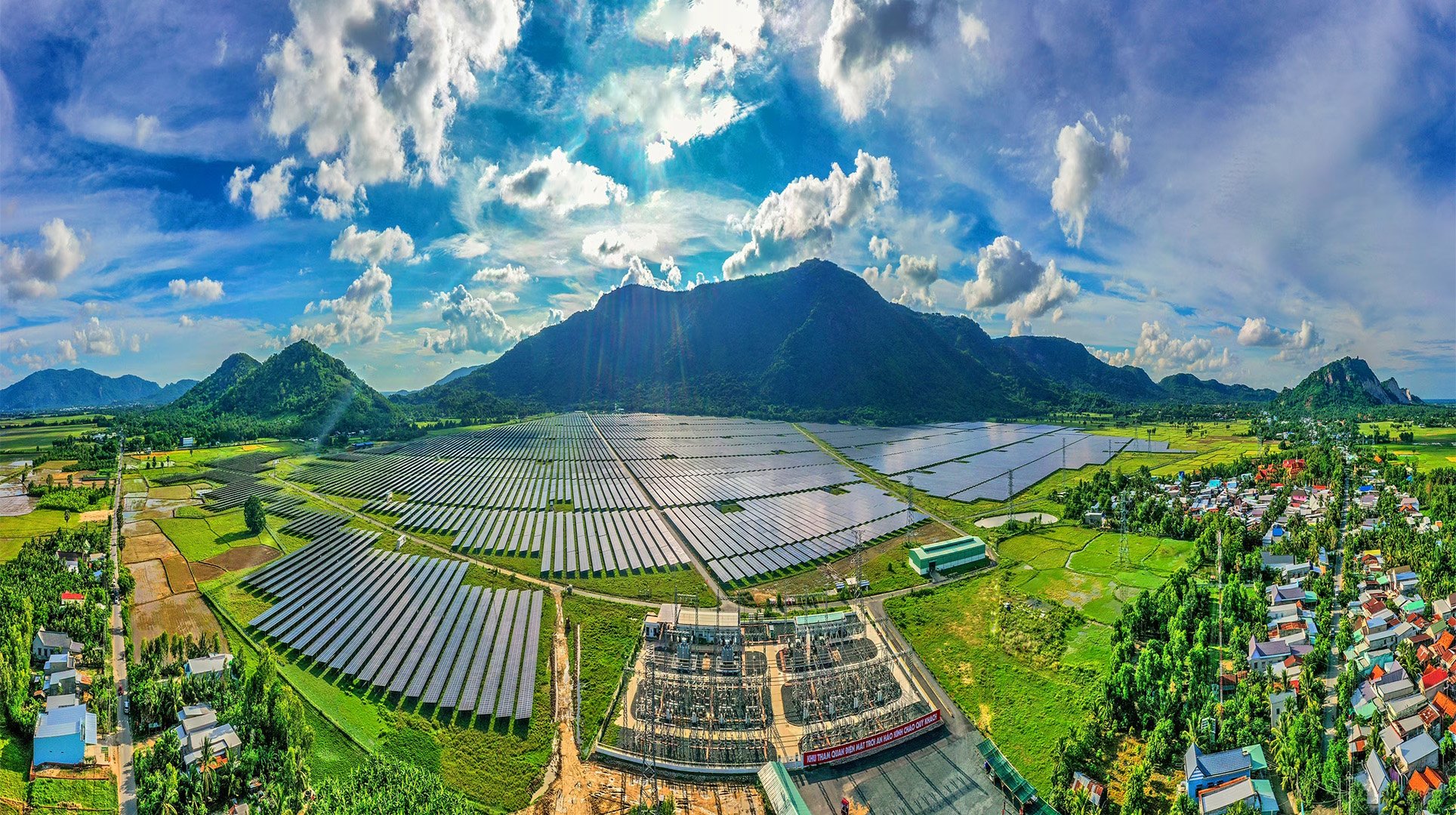
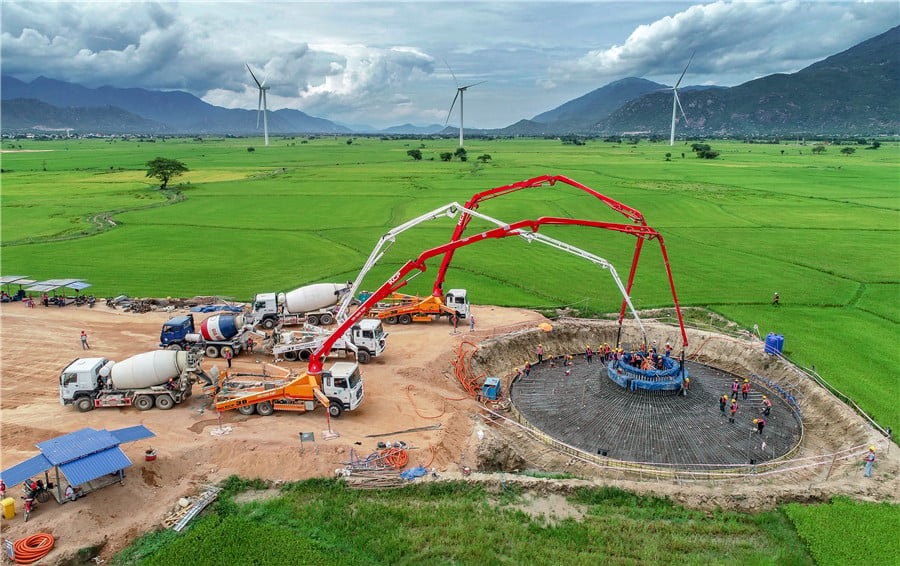

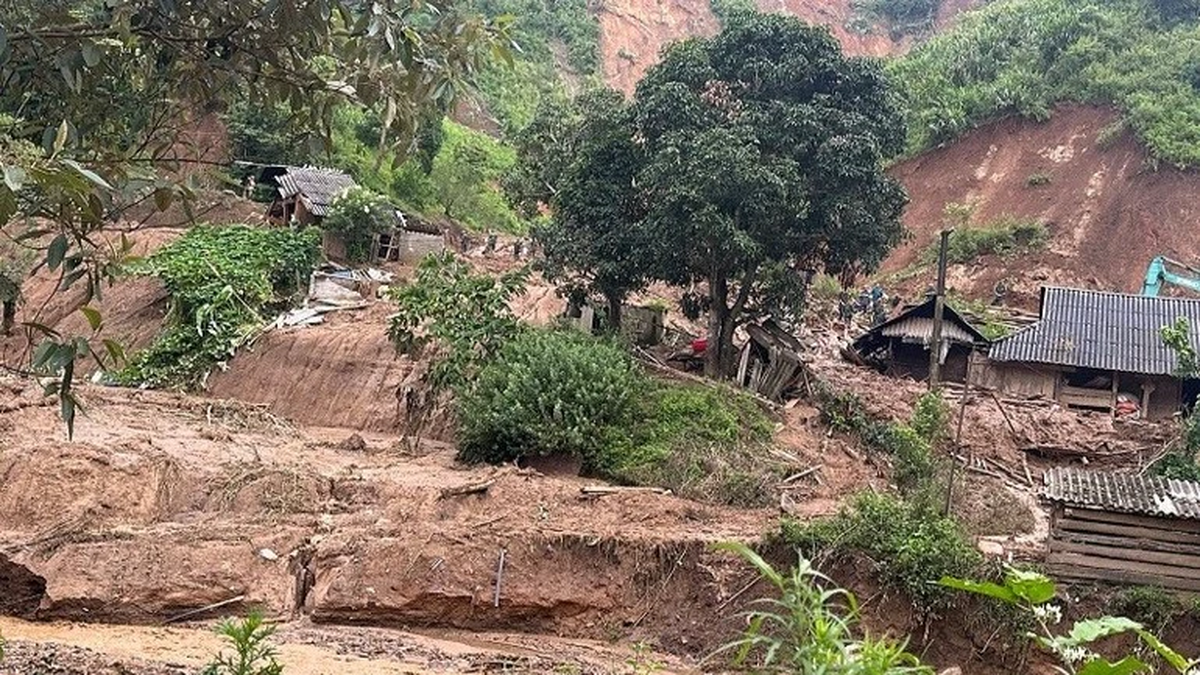
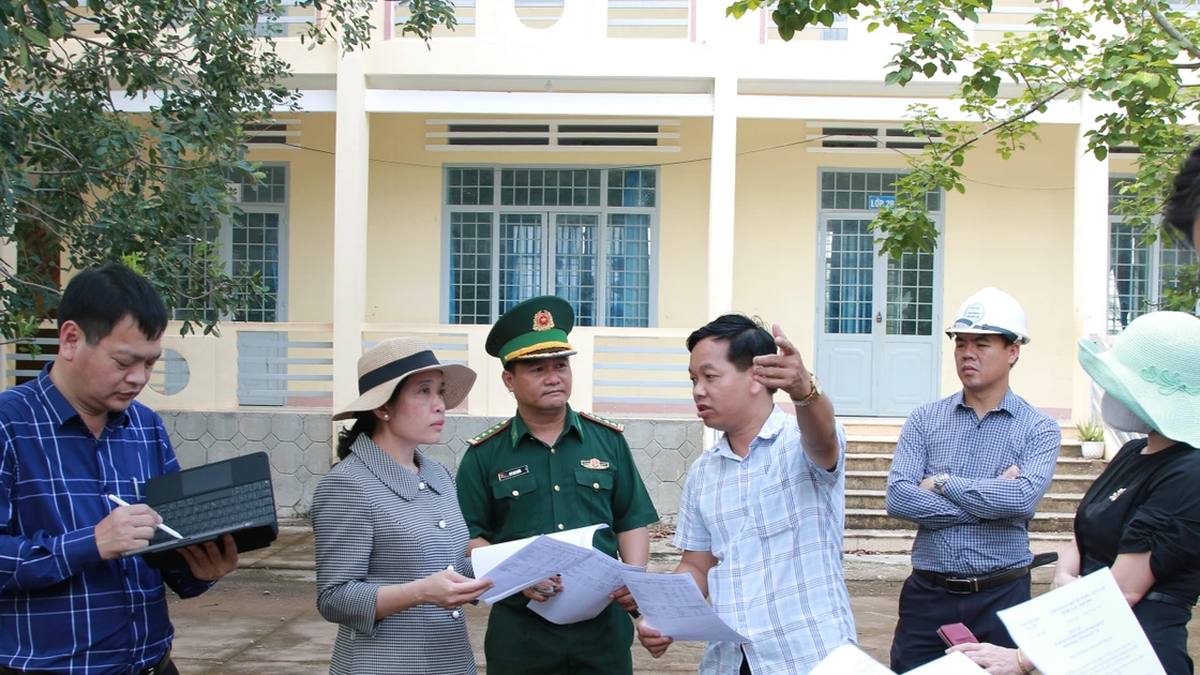



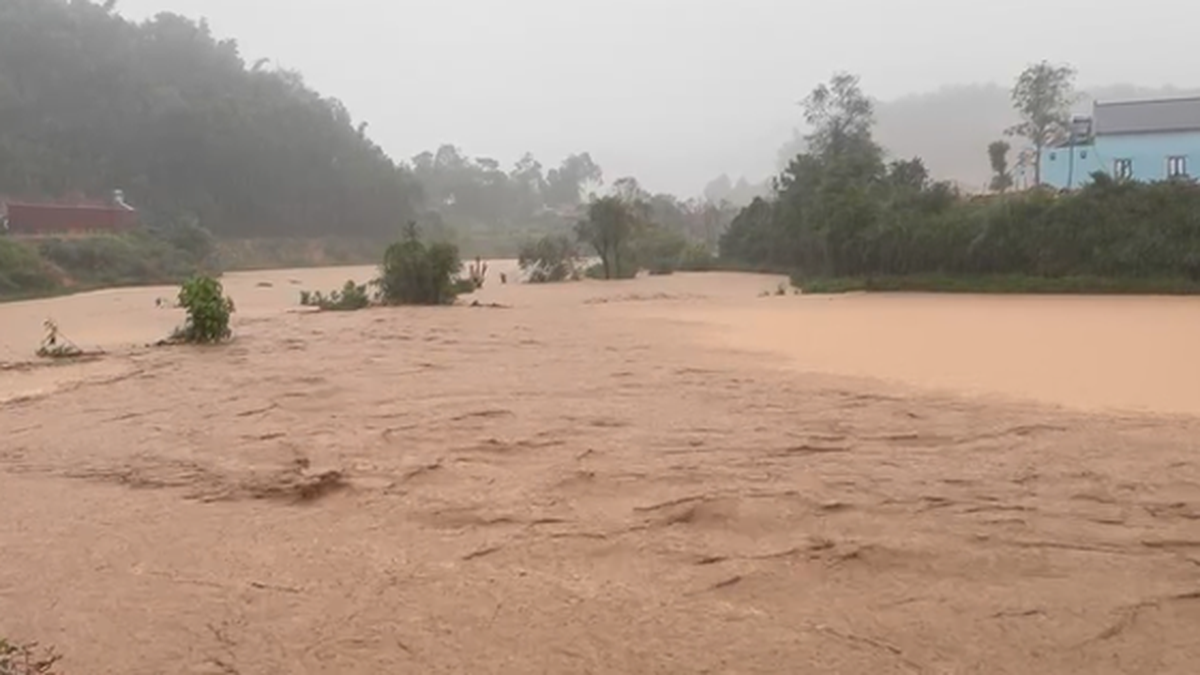


























































































Comment (0)